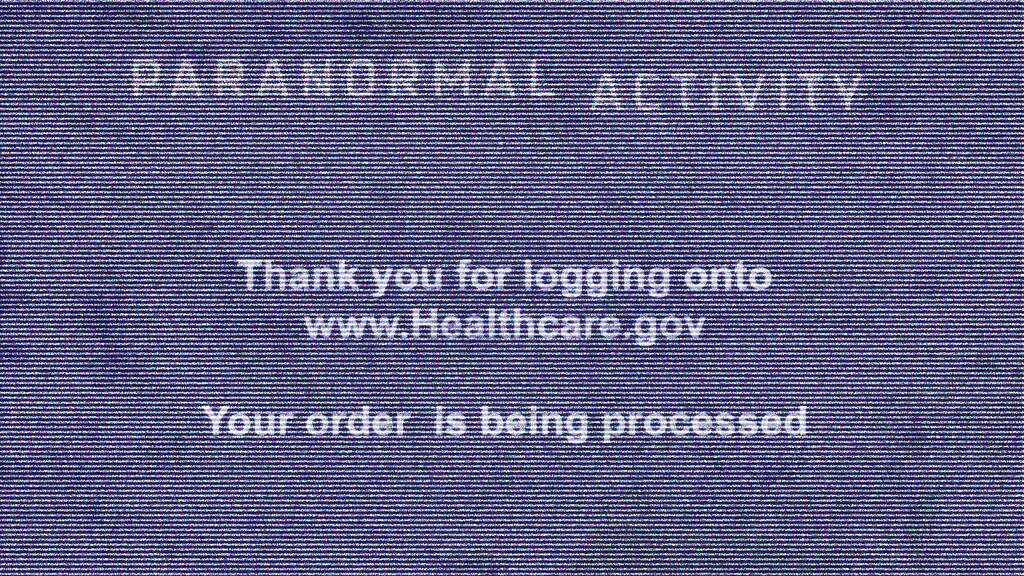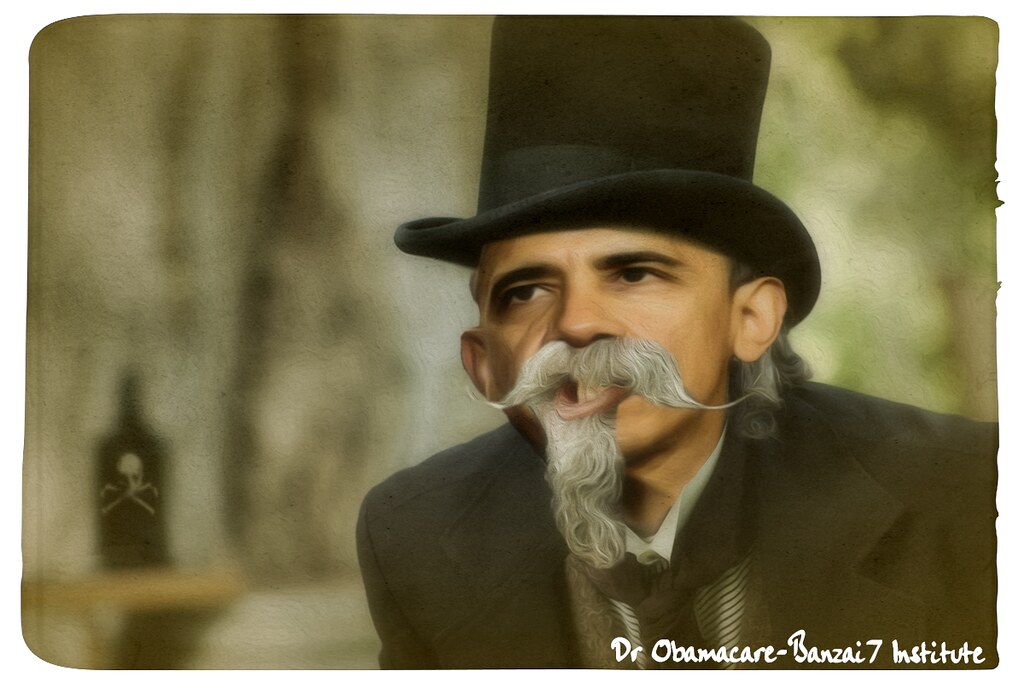Nobody could ever accuse the WSJ’s Jon Hilsenrath of breaching the FOMC embargo, which is why we were delighted to see that he waited a whole 7 minutes before releasing his 601 word summary of what the Fed really said.
Note the timestamp:

The turbo fast written piece, which incidentally says nothing new and once again merely parrots convention wisdom, is below:
The Federal Reserve on Wednesday held steady on its signature $85 billion-a-month bond-buying program and gave few new signals on when officials expect to pull back on the program or how they see the economic outlook changing.
The Fed’s policy-making committee showed itself to be effectively in a wait-and-see mode on the bond program, leaving investors in a continued guessing game about the path of a Fed policy that has been an important driver of asset prices and interest rates.
In June, Fed Chairman Ben Bernanke said he expected the Fed to start pulling back this year, but with only one more Fed policy meeting in December before year-end, that now looks less certain.
“[T]he Committee decided to await more evidence that progress will be sustained before adjusting the pace of its purchases,” the Fed said in its statement Wednesday, repeating language it used in September.
The Fed made very few changes to its description of current economic conditions. It said that the economy “continued to expand at a moderate pace,” and labor markets “have shown some further improvement.” The Fed acknowledged that the “recovery in the housing sector slowed somewhat in recent months,” one of the most notables change it made in its statement.
In September, the Fed had said that labor markets had shown “further improvement” and the housing sector was “strengthening.”
The Fed also removed references from the September statement to higher mortgage rates and tighter financial conditions.
Fed officials surprised markets at their September meeting when they decided not to cut their bond purchases after months of talk that they could start scaling back by year-end. The program is aimed at pushing down long-term interest rates to spur hiring, investment and spending.
With mortgage rates rising and a potential government shutdown and fight over raising the nation’s borrowing limit on the horizon, Fed officials said at the September meeting that they wanted to see more evidence that the economy can sustain its progress before cutting the bond-buying program.
A standoff over the federal budget led to a 16-day government shutdown that ended Oct. 17, injecting new uncertainty into the economy and damaging consumer confidence. The shutdown is expected to muddy some economic data through the end of the year. The Fed says its decisions are “data-dependent,” meaning it is basing them on how the economy develops. The most recent jobs report showed disappointing employment growth in September.
Nine out of 10 Fed officials voted to keep the bond-buying program steady on Wednesday. Kansas City Fed President Esther George continued her streak of dissenting by voting against the committee’s action because she thought the Fed’s easy-money policies could create financial instability and excessive inflation. Ms. George has dissented at all seven policy meetings this year.
The Fed also voted to keep short-term interest rates pinned near zero, where they’ve been since late 2008. Officials didn’t make any changes to so-called forward guidance, which are the statements made about the likely path of interest-rate policy.
All seven Fed governors vote at every policy meeting, as does the president of the Federal Reserve Bank of New York, William Dudley. Only five Fed governors attended this meeting. Governor Sarah Bloom Raskin is not participating in policy meetings in light of her pending nomination to be the next deputy Treasury secretary. The seat left empty by Elizabeth Duke in August has not been filled.
The presidents of the 11 other regional Fed banks vote on a rotating basis. This year, in addition to Ms. George, Chicago Fed President Charles Evans, Boston Fed President Eric Rosengren and Fed President James Bullard can vote.
And because just one super fast summary was not enough, here is another one, 15 minutes later, from the same Fed mouthpiece:
Three Takeaways on the Fed’s Policy Statement
Here are a few key takeaways:
–LITTLE CHANGE IN THE ASSESSMENT OF THE ECONOMY: The housing sector has “slowed somewhat,” the Fed said. That’s a downgrade from September when officials said it had been strengthening. The labor market had shown “some further improvement,” the Fed said, an ever-so-slight downgrade from the “further improvement” the Fed noted in September. On net, very little change in how officials see the economy performing.
–FINANCIAL CONDITIONS IMPROVING: The Fed dropped its reference to financial conditions having tightened in recent months, as it noted in September. That’s a nod of approval to rising stock prices and the recent drop in long-term interest rates. The Fed also removed a reference to its concern about higher mortgage rates, which have dropped since the last meeting.
–STILL AN EYE ON TAPERING: The Fed retained language it used in September which suggested officials had an eye on pulling back from their bond buying program if the economy improved. It noted “underlying strength” in the broader economy and said it chose to “await more evidence” on the economy’s performance before adjusting the bond-buying program.
Taken together, the Fed isn’t taking a December adjustment to the bond-buying program off the table. But that comes with the strong caveat that it depends on whether the economy is living up to its expectations. As part of that assessment, Fed officials will be updating their economic forecasts in December and will need to make a judgment about whether their projection of accelerating economic growth in 2014 is likely to be met.
![]()
via Zero Hedge http://feedproxy.google.com/~r/zerohedge/feed/~3/fLQh2v3TaSI/story01.htm Tyler Durden















